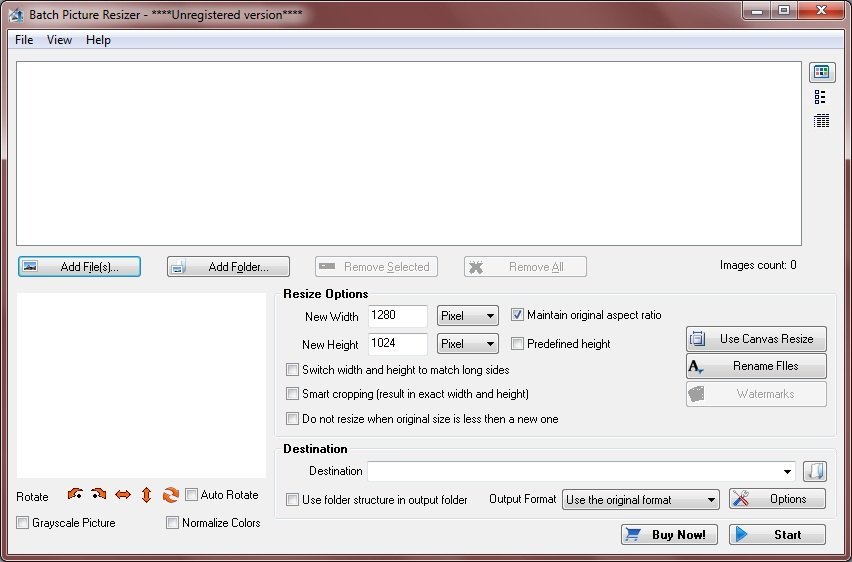

Image resizing can be done by either cropping or scaling. If you need the size of your image altered, why not just go for cropping? Well, cropping can reduce the size of your image, but it’ll change the proportions of the entire image, and you can lose valuable image data. That’s why you should only crop your image to reduce its size when you wouldn’t mind losing parts of the picture. Scaling is the best way to optimise an image because it lets you fit the exact requirements of your application. Scaling keeps the image dimensions intact, you don’t have to cut off any parts of your image, and it allows you to reduce your file size without having to sacrifice the quality.Īn overview of image properties will help to understand the process of resizing and optimisation better. Properties of an imageĪ variety of things determines the size and quality of an image for use on a web page. The file size of an image is how much storage space it takes on the server or a drive. The lower your image file size, the less time it will take to load on your page.

Keeping an optimum file size is key to creating a suitable web page because an extra small image file size will lose quality and a too large image file size will take too long to load. The physical size of an image is a combination of its size on the screen and its file size. The physical size determines how much total space an image will take on any page. The site I was working on had moved 4-5 times over it’s life, so there were lots of “cant find file” errors.If your WordPress theme has a fixed width sidebar and you use an image that occupies too much screen space, it will push the rest of your content to the side. Old file paths – WordPress stores the original file path with the absolute URL. To get around this, I started to check if one of the new post image sizes existed – if it did, we didn’t have to re-size the image again. Memory limits – every once in a while, either because it was a huge upload, or we’d been running long enough, I’d get php memory max out errors. Some extra problems that I encountered along the way, and how I fixed them: The hard work was done by the WP-CLI guys, so all I had to do was re-build the Regenerate Thumbnails plugin, and we were off. What I did to get around this, is take the Regenerate Thumbnails plugin, and re-build so it could be used via the command line of the server, meaning it’d be much faster and more efficient! Because there were so many images to resize, and the way this and other similar plugins work, is by making sequential ajax requests, meant that I’d have to leave a browser window open for a day or two – assuming it didn’t crash due to the size of the DOM.

Normally, in this situation I’d just use the Regenerate Thumbnails plugin, and that’d be that. Although this problem in itself isn’t rare or unique, the fact that there were just over 45,000 images in their library that needed to be regenerated made it much harder than usual.

BATCH IMAGE RESIZER WORDPRESS CODE
Update: This functionality was incorporated into WP-CLI, the WP-CLI team took this code and used it in the main program.Ī site I am working on has a unique problem, where we need to batch re-size all existing media attachments, in order for all the previous pictures to fit into the new template.


 0 kommentar(er)
0 kommentar(er)
